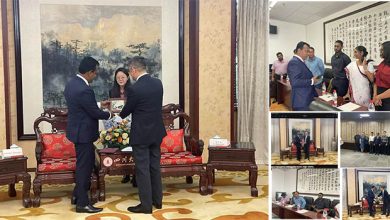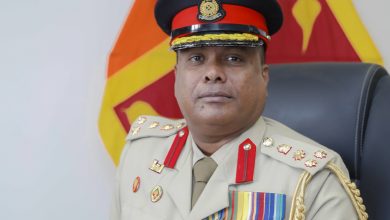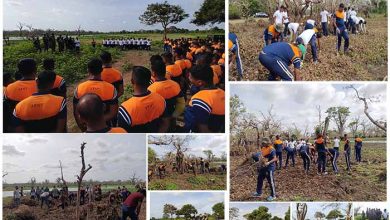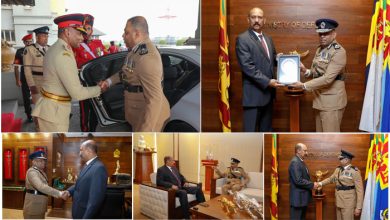When the Sky Learned to Bleed: The Untamed Ballad of a Lankan Soundsmith
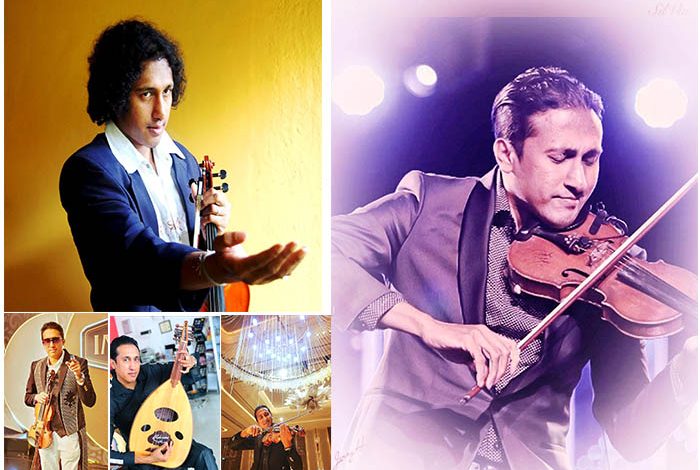
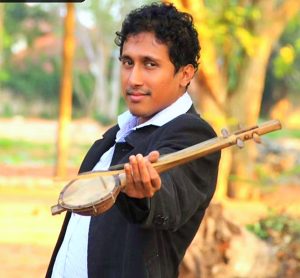 In the hushed interstice where night surrenders to dawn, where silence lingers like a sacred breath, a voice stirs—a voice both primordial and freshly born. It emanates from the Rawana Haththa, that ancient harp woven into the fabric of Sri Lanka’s soul, its strings vibrating with the weight of empires, exile, and forgotten dreams. This is no mere music; it is a sacrament of memory, a dirge carved by time, a whisper of the land’s deepest longings.
In the hushed interstice where night surrenders to dawn, where silence lingers like a sacred breath, a voice stirs—a voice both primordial and freshly born. It emanates from the Rawana Haththa, that ancient harp woven into the fabric of Sri Lanka’s soul, its strings vibrating with the weight of empires, exile, and forgotten dreams. This is no mere music; it is a sacrament of memory, a dirge carved by time, a whisper of the land’s deepest longings.
The artist behind this sound is no ordinary musician. He is an alchemist of air and string, a conjurer who paints tempests with stillness and sculpts the unseen with a bow dipped in reverence. His fingers dance on the precipice where rock yields to raga, where pop dissolves into the heartbeat of ancient forests and ocean waves. Under the guidance of the mystical maestro A.R. Rahman, he has learned to decipher the language of stars—where every note is a constellation, and every silence, a universe waiting to be born.
In this rare and sacred space between myth and melody, tradition and transformation, his music becomes a vessel, a living bridge where the past and present bleed seamlessly into one another. Here, beneath the vast sky that watches and weeps, stories long buried rise anew—told not in words, but in sound that seeps into the marrow.
Today, CeylonDigest steps into this luminous labyrinth, inviting you to journey beyond the ordinary and into the heart of a Lankan soundsmith whose art transcends sound itself, becoming an invocation, a prayer, and a timeless ballad whispered by the bleeding sky.
The Interview
Q1: Your concerts often stretch into long, immersive sessions. What draws you to this extended form of musical storytelling?
A1:
Because time bends inside sound.
A concert, to me, is not a timeline—it is a ritual of unfolding. Music needs space to breathe, to ache, to transform. I am merely a witness to that unfolding. Each session stretches until the story completes its own arc—sometimes gently, sometimes like thunder dissolving into prayer. I do not play to fill hours; I play to carve eternity into the present.
Q2: The Rawana Haththa carries deep cultural and mythological weight. How do you connect with its legacy in your compositions?
A2:
The Rawana Haththa is a relic of a vanished flame—a sound forged in exile, carrying the memory of kingdoms that breathed through wind and string. When I play it, I do not reach backward. I reach inward. It is an inheritance of sorrow and sovereignty, and I become its voice—not to modernize it, but to let it speak in tongues forgotten by time but known to the soul.
Q3: Training under A.R. Rahman is a rare privilege. What was the most transformative lesson you took from him?
A3:
Rahman sir showed me that silence is not the absence of music—it is its sacred root.
He taught me to unlisten before I could truly hear. Under his gaze, I stopped chasing perfection and began chasing presence. From him, I learned that the most powerful note is often the one you never play, and that humility is the first instrument of any true composer.
Q4: You blend rock, pop, and traditional Sri Lankan elements. How do you maintain authenticity while navigating such diverse genres?
A4:
Genres are scaffolding. Emotion is the cathedral.
I do not blend rock, pop, and tradition like ingredients in a recipe. I let them meet like rain meets earth—naturally, without force. If the sound is honest, it belongs. What matters is not style, but sincerity. Each tradition I touch, I bow to first. That bow is my anchor.
Q5: How has your family influenced or supported your musical journey, especially in such an unconventional path?
A5:
My family gave me not just permission—but pause.
They never demanded success, only that I be truthful in the sound I offered. Their silence was my sanctuary. Their belief was my tuning fork. Every note I play is a thank-you letter, unsigned but eternally addressed to them.
Q6: In what ways do you see your music contributing to Sri Lanka’s cultural tourism and creative economy?
A6:
Sri Lanka is not just a destination—it is an atmosphere.
Through music, I try to bottle that essence—the scent of burning sandalwood, the rhythm of temple bells, the hush before monsoon. If I can make a traveler feel those things, even for a moment, I have already contributed to something greater than myself. Art becomes an ambassador.
Q7: How do you envision your music helping to showcase Sri Lanka’s rich cultural heritage to international tourists and fostering deeper connections through sound?
A7:
Sound travels where language cannot.
My music carries the pulse of our island—its grief, its joy, its aching beauty. I don’t offer polished brochures. I offer raw spirit. If one foreign ear can hear the depth in our silence, the hunger in our rhythm, the prayer in our pitch—then a bridge is built. No bricks needed.
Q8: Mood and atmosphere are central to your performances. How do you cultivate the emotional landscape during your concerts?
A8:
I treat the stage as a sacred field, where emotion must be tilled gently.
Mood is not set—it is summoned. I listen to the room’s breath. I light the silence like a wick. I don’t command feelings—I invite them to arrive, barefoot and trembling. Some concerts feel like storms. Others like funerals. All are real.
Q9: In today’s fast-paced digital world, what value do you see in long-format concerts and live immersive experiences?
A9:
Long-format concerts are where the soul hides now.
We scroll through seconds, but we remember hours. These experiences are not just events—they are sanctuaries. In a world designed for interruption, I offer immersion. Not because it’s fashionable, but because depth is the only way to truly feel.
Q10: If you were to compose a musical emblem representing Sri Lanka to the world, what elements and instruments would you choose?
A10:
It would begin with breath.
Then the Rawana Haththa—low and aching—rising like a mountain chant. A cascade of geta bera, cracking like memory. I’d lace it with ocean wind, a whisper of thammattama, maybe a flute hidden like a secret. No words. Just Sri Lanka breathing through its wounds and wonders.
Q11: Ultimately, what legacy do you hope your music will leave—for Sri Lanka and for the broader world?
A11:
I want my music to become a place people go to when words no longer serve them.
A fire that warms after exile. A mirror that doesn’t reflect face, but essence. Let the fame fade. Let the echo stay. If someone one day plays a single note and feels this island move through them—I’ll know the song never ended.
In a time when music often rushes to capture attention, this artist chooses the path of depth and patience, transforming sound into a sacred vessel of memory and spirit. His work bridges past and present, tradition and innovation, inviting us to listen beyond the notes—to the stories and emotions that ripple beneath.
Through the ancient strings of the Rawana Haththa and the pulse of contemporary rhythms, he channels the soul of Sri Lanka, offering not just music, but a timeless ballad whispered by the sky itself. As the island’s culture reaches wider audiences, his art stands as a vital beacon—reminding us that true music is a journey into the heart, where the sky may bleed, and we all listen.


